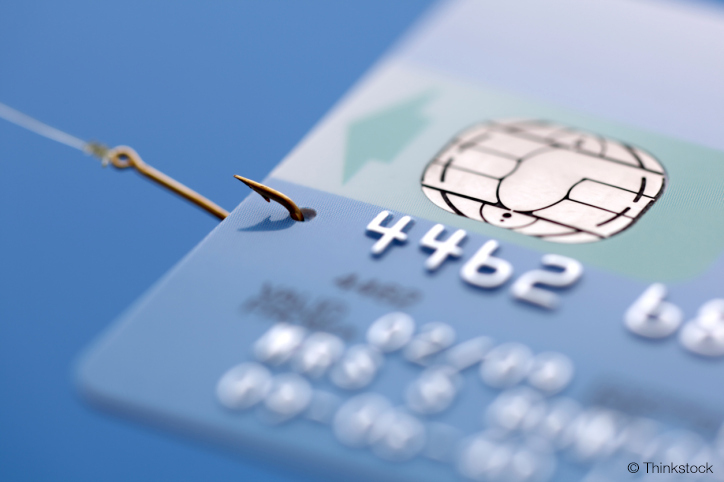Vishing: Know the Voice of a Fraudster
Vishing or voice phishing is the technique used by the fraudster to gain access to personal and financial information over the telephone.
Typically, the fraudster will telephone the victim and impersonate a member of Bank staff. As with all social engineering techniques, the fraudster prays on the human tendency to trust other people. He or she is looking for the vital piece of the jig- saw; those all important security credentials to enable him or her to steal funds from your bank account.
In some cases the vishing call will be prompted by the victim’s response to a phishing email where private information was disclosed or malicious software was installed onto the desktop. However, it can take just one phone call for security details to be obtained and significant funds to be stolen.
The fraudsters are now seasoned professionals when it comes to impersonating Bank staff. You will be surprised at the lengths that the fraudster will go to in order to convince you that the call you are receiving is actually from your Bank.
The Tricks of the Trade
- They will adapt their accent depending on the Bank being targeted. Interestingly, the Scottish accent is considered the most trustworthy accent in the world, making it a popular choice for phone lines and call centres.
- The caller will aim to create panic. They will often report a problem with your bank account or an issue with an inward or outward payment.
- The fraudster will always have an answer for a challenge and employ bully tactics in order to make the victim feel obliged to provide their security details.
- Telephone numbers and case reference numbers provided during calls help increase the legitimacy of the call and your trust in the person on the other end of the line. Don’t be fooled! Free phone numbers are easily bought and case reference numbers can be made up.
- Intelligent Voice Response recordings which mimic your Bank will greet you when you call a telephone number provided to you by the fraudster.
- Fraudsters may also use features such as caller ID Spoofing in order to make the incoming phone number on your caller ID look like the familiar number of your Bank.
- They will simulate call centre noise in the background in order to trick you into thinking that you are speaking to a member of call centre staff.
Beware of any unsolicited calls, especially those purporting to be from your Bank!
What to Do if You Receive a Suspicious Call
- Hang up immediately.
- Never give out your PIN, Password, login details or security codes.
- Call your Bank using a trusted number. Do not use the number provided by the fraudster.
- Use an alternative telephone line. Do not use the telephone line which you have just received the call on. The telephone line can be held open by the fraudster for up to 10 minutes after the call has taken place. If you use the same telephone line, it is most likely you will end up back talking to the fraudster.
- If you do not have access to another telephone, call the number of someone you know. This will verify whether the line is clear to make a phone call out.
Protect your Business from fraud. Contact your local bank and take the time to understand what information your Bank will require in order to verify your identity when either receiving a call from you or making a call to you.
Source: smallbusinesscan.com




